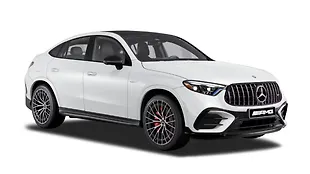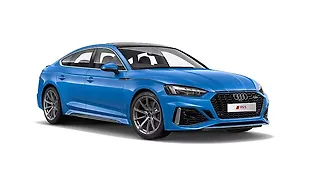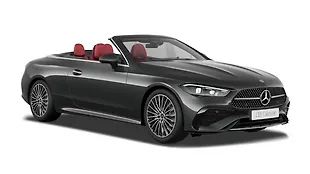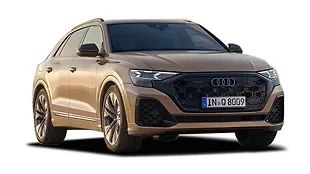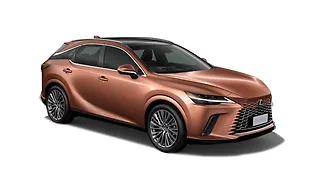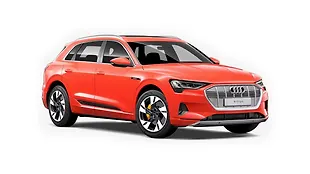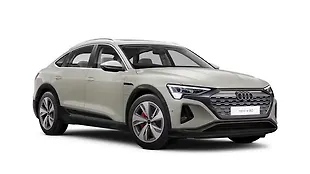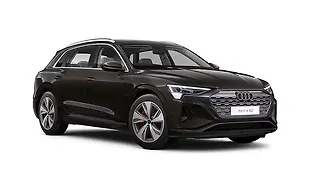Audi RS5 [2018-2020] Coupe
- RS5 [2018-2020]
- Specs & Features
- Variants
- Colours
- User Reviews
Variant
Audi RS5 [2018-2020] Coupe Review
A few days ago, a spanking red Audi RS5 waited for me in our CarWale parking, longing to be reviewed. Despite sitting down to write this review a week later, my excitement post driving hasn’t really fizzled out yet. The whole aura around the Audi RS5 Coupe revolves around one single characteristic - an intoxicating drive.
What is it?
How is it on the inside?
How does it drive?
Should I buy one?
Where does it fit in?
Specifications & Features
- Specifications
- Features
- Specifications
- Features
Specifications
Engine & Transmission
Fuel TypePetrolTransmissionAutomaticDimensions & Weight
Length4723 mmWidth1861 mmHeight1360 mmWheelbase2766 mmKerb Weight1770 kgCapacity
Suspensions, Brakes, Steering & Tyres
Features
Exterior
Braking & Traction
Safety
Comfort & Convenience
Lighting
Locks & Security
Doors, Windows, Mirrors & Wipers
Entertainment, Information & Communication
Mobile App Features
Storage
Airbags
Seats & Upholstery
Instrumentation
Manufacturer Warranty
Other RS5 [2018-2020] Variants
| Variants | Price | Specifications | |
|---|---|---|---|
Rs. 1.11 Crore | 5 Person, 1770 kg, 465 litres, Panoramic, 58 litres, No, No, Front & Rear, 4723 mm, 1861 mm, 1360 mm, 2766 mm, Remote, Yes (Automatic Three Zone), Front Only, 1, Reverse Camera, 0, Yes, Yes, Petrol, Automatic | Get Offers from Dealers |
Similar Cars
Colors
Reviews
- (7 Ratings) 6 Reviews
4.6/5
- NiceIt's a very powerful car and very future inside this car I purchesd this car this my dream car Audi is very perfect car his driving is very smooth and fast Audi rs5 the perfect carRating parameters(out of 5)5
Exterior
5Comfort
5Performance
5Fuel Economy
5Value For Money
About the ReviewerPurchase UsedDriven forFew hundred kilometersWas this review helpful?00 - Tooo good carHello, Friends, audi rs5 is a very supeRB car This is not a just car, this is a supercar, the drive was smooth, Audi rs5 is an awesome car.peak performance of this car, everyone has a one time check before u but other brand cars. I recommended to everyone if you plan a new super-luxury car then pls come and take a test drive of this car.NANARating parameters(out of 5)5
Exterior
4Comfort
4Performance
3Fuel Economy
4Value For Money
About the ReviewerPurchase Not PurchasedDriven forFew hundred kilometersWas this review helpful?00 - Design beastThis car was awesome. I purchased this car last year from an exclusive Audi showroom in Lucknow. It was a great buying experience. I chose this car because it had good looks and a great finish and also premium support from Audi and I am happy that I did. The riding experience was awesome. The space in this car is quite ample. I bet you'll never be dissatisfied with this car's space . The seats were luxurious as well. This car's speed is also a plus point,it could reach upto a speed of 250 kmph. The AC in this car was quite good it cooled in a less amount of time. It also had a large luggage space.The media and connectivity options in this car were also quite eye-catching.I rode this car for about 2 months as my daily driver and was quite satisfied with it . I never had to do it's servicing and maintenance in the lifespan with me because I used this car for only about one month and then sold it to a friend I have already discussed the pros of this car above The cons are basically:- 1-low mileage 2-444 bhp is good but its on road demeanor could use a bit more bite. So that's the review of Audi RS5 coupeRating parameters(out of 5)5
Exterior
5Comfort
5Performance
4Fuel Economy
5Value For Money
About the ReviewerPurchase UsedDriven forFew thousand kilometersWas this review helpful?00

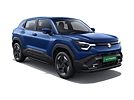


![Audi RS5 [2018-2020] Coupe Audi RS5 [2018-2020] Coupe](https://imgd.aeplcdn.com/664x374/cw/ec/34028/Audi-RS5-Exterior-125266.jpg?wm=0&q=80)
![Audi RS5 [2018-2020] Exterior Audi RS5 [2018-2020] Exterior](https://imgd.aeplcdn.com/664x374/cw/ec/34028/Audi-RS5-Exterior-125267.jpg?wm=0&q=80)
![Audi RS5 [2018-2020] Exterior Audi RS5 [2018-2020] Exterior](https://imgd.aeplcdn.com/664x374/cw/ec/34028/Audi-RS5-Exterior-151732.jpg?wm=0&q=80)
![Audi RS5 [2018-2020] Exterior Audi RS5 [2018-2020] Exterior](https://imgd.aeplcdn.com/664x374/cw/ec/34028/Audi-RS5-Exterior-151731.jpg?wm=0&q=80)
![Audi RS5 [2018-2020] Exterior Audi RS5 [2018-2020] Exterior](https://imgd.aeplcdn.com/664x374/cw/ec/34028/Audi-RS5-Exterior-151730.jpg?wm=0&q=80)
![Audi RS5 [2018-2020] Exterior Audi RS5 [2018-2020] Exterior](https://imgd.aeplcdn.com/664x374/cw/ec/34028/Audi-RS5-Exterior-151729.jpg?wm=0&q=80)
![Audi RS5 [2018-2020] Exterior Audi RS5 [2018-2020] Exterior](https://imgd.aeplcdn.com/664x374/cw/ec/34028/Audi-RS5-Exterior-151728.jpg?wm=0&q=80)
![Audi RS5 [2018-2020] Exterior Audi RS5 [2018-2020] Exterior](https://imgd.aeplcdn.com/664x374/cw/ec/34028/Audi-RS5-Exterior-125290.jpg?wm=0&q=80)

